This week, we continue with our educational insight into timepieces: this time, with a look at the watch crystal — the clear cover that goes over the dial and protects it. Generally there are three types of crystals used in watchmaking: sapphire crystals; mineral crystals; Plexiglas (often called plastic) or hesalite (acrylic) crystals. Depending on the cost of the watch, or the rugged functions of the watch, different crystals are used—influencing the price and value of the watch.
Typically in the luxury watch field, sapphire crystals are preferred. Sapphire, part of the Corundum family, is extremely strong and scratch resistant. However, sapphire is also the most expensive product of the three crystal choices – an important determining factor in price considerations when brands are building their timepieces.
The term sapphire for a watch crystal can be somewhat misleading. Generally the sapphire crystal is not formed from a natural sapphire, but instead is a synthetic compound with the same properties as its natural counterpart. The process of producing sapphires synthetically was invented in 1893 by French chemist Auguste Victor Louis Verneuil, and shared with the world in 1902. Thus, it is called the Verneuil Process, but is more commonly referred to as flame fusion. Flame Fusion is a method to make both sapphire crystals and watch movement rubies, and remains the method of choice today – with slight adjustments employed by
different companies. Essentially, in Flame Fusion, a long column of sapphire is manufactured in a Verneuil furnace. Powder-sized aluminum oxide particles are sprinkled through an oxyhydrogen flame, and expected to melt at temperatures over 2000degrees Celsius. They then fall below the melting point (or flame) and fuse with one another again to re-crystallize. The column of crystallized synthetic sapphire is slowly lowered away from the flame, allowing more crystal to form on top. Eventually, the long cylindrical rod is complete and removed. It is then sliced (with diamond-tipped cutters) and polished to become a watch crystal.
In addition to being scratch resistant, a sapphire crystal has more ability to withstand cracks and breakage than glass or plastic. In fact, only a diamond or another sapphire can scratch the surface. Additionally, anti-reflective coatings can be added to both sides without any hazing or blurring of the crystal. Generally, a sapphire crystal replacement costs upwards of $100.
Mid-priced watches most often utilize the mineral glass crystal. Generally a mineral crystal is an ordinary glass crystal that has been heat treated or chemically treated to withstand scratches. While it is not as scratch-resistant as sapphire, it is more scratch-resistant than plastic. Under extreme hot or cold conditions – if the glass is bluntly hit on a certain angle – it can crack or shatter. The main benefit of a mineral glass crystal lies in the price of the watch. The replacement cost of a mineral crystal is generally between $40-$60. Interestingly, it is very difficult by looking to tell if a crystal is mineral or sapphire. In fact, only a knife or razorblade scratch test will tell.
Plastic crystals are often referred to as Plexiglas, acrylic or hesalite covers. Plastic is the least expensive route and is the most commonly found on modern lower-priced wristwatches and field watches. The advantages: inexpensive; light weight; durable; shatter resistant. While plastic will not shatter, it does scratch easily. It can lightly be buffed to remove simple surface scratches, but deep scratches cannot be buffed. The upside to that, however, is the fact that the plastic crystal costs about $20 to replace. (A more detailed article on this topic will appear in print this month in About Time magazine.)


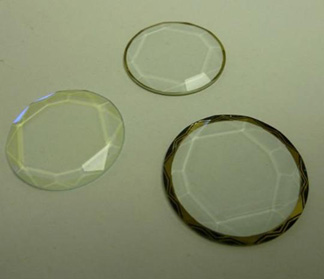
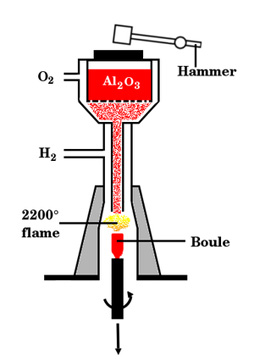
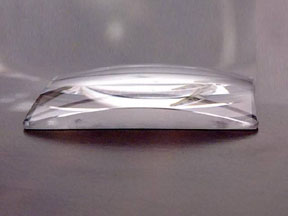
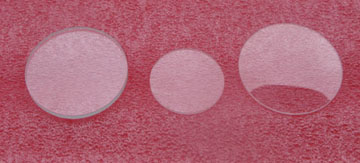
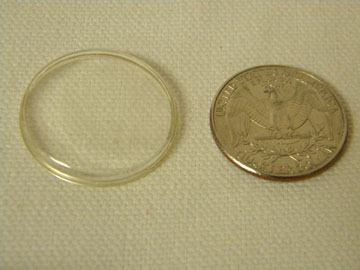




Informative, thanks. Just got my first flame fusion watch so Google led me here.